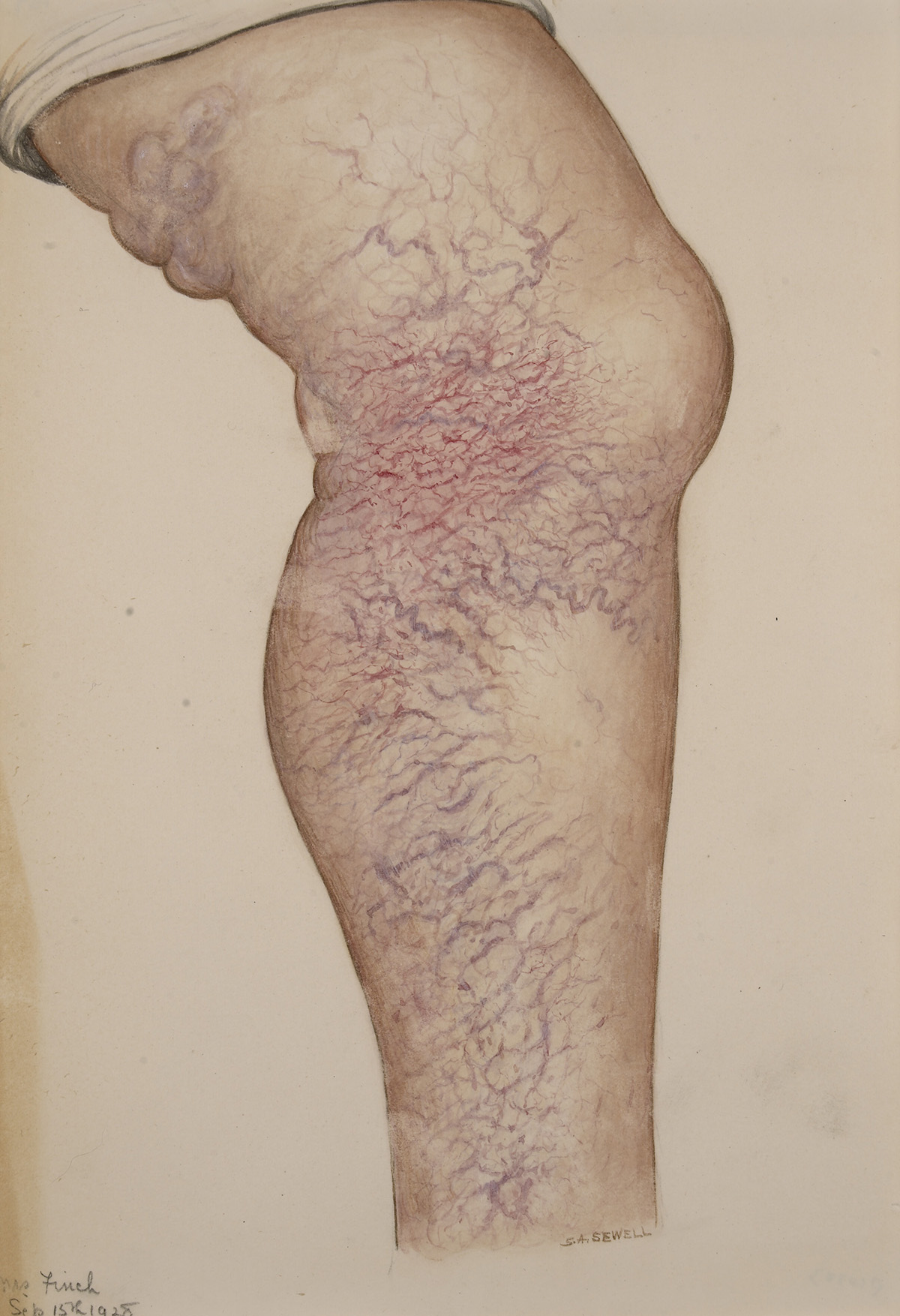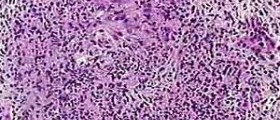
Definition
Klippel-Trenaunay syndrome is a rare medical condition characterized by changes affecting blood vessels, bone tissue and the skin. Klippel-Trenaunay syndrome is present at birth, therefore it is considered congenital. The underlying cause of this condition has not been identified yet. Some scientists believe that mesodermal abnormalities during fetal development may have a role in changes that later affect certain tissues. Gene mutation may be a culprit of the condition as well although this theory is yet to be confirmed.
The syndrome is equally reported among men and women with no racial predilection. Patients suffering from Klippel-Trenaunay syndrome are affected by characteristic skin changes, bone changes and blood vessel abnormalities.
As for the skin, it is covered with port-wine stains (birthmarks or capillary hemangiomas). These lesions are typically distributed on the lateral side of the extremities. Once these lesions occur, they do not progress i.e. grow in size nor can they regress. The lesions may be superficial or quite deep affecting subcutaneous tissues including muscles and bones. Hemangiomas may additionally affect visceral organs, the pleura, spleen and liver in particular.
Varicose veins are also characteristic for Klippel-Trenaunay syndrome. The affected veins may be easily seen at birth or become visible once the child begins to ambulate. The abnormal veins are located below the knee, laterally above the knee and may be also present in the pelvis area. Apart from superficial varicosities, patients are additionally prone to deep varicosities. The affected veins may remain the same size or even expand over time making the current health issues worse. Their enlargement typically occurs during pregnancy.
Hypertrophy of bone and soft tissues is the third characteristic of the syndrome. Limb hypertrophy, for instance, develops as a consequence of excessive bone growth or soft tissue involvement. Hypertrophy is usually present at birth and in the majority of cases tends to progress over the first years of life.
Finally, additional health issues these patients sometimes may have to deal with include lymphatic obstruction and subsequent lymphedema, spina bifida, hypospadias, polydactyly/syndactyly, hyperhidrosis, thrombosis, ulcerations and poor wound healing, etc.
Treatment Options
Treatment for Klippel-Trenaunay syndrome is not unique because the severity of symptoms may vary a lot. The goal is to reduce the existing symptoms and prevent potential complications as much as possible. Each patient requires individual approach and treatment is always tailored according to his/her needs. Medications, iron supplements, compression socking as well as minimally invasive therapies and surgery are all implemented and recommended if necessary.
Chronic venous insufficiency, lymphedema and recurrent cellulitis can be brought under control with compression garments. The same approach is recommended in case of bleeding from capillary. Such garment may be of major help in prevention of trauma to the affected extremity.
Complications such as cellulitis, thrombophlebitis and similar require analgesics, elevation and antibiotics. Corticosteroids may be prescribed as well. Acute thrombosis is treated with anticoagulant therapy. Severe hypertrophy may require orthopedic surgery (e.g. osteotomy, epiphysiodesis, epiphyseal stapling etc.)
When it comes to surgery for varicosities and minimally invasive therapies, patients may undergo ligation and stripping, sclerotherapy, laser therapy and endovenous thermal ablation.
Varicose veins may be treated with ligation. This is surgical tying performed to prevent pooling of blood and further widening of the affected blood vessels. Sclerotherapy includes injection of a solution into the varicose veins. The solution triggers collapse of the vein and this way makes varicosities less visible. This treatment is also efficient when it comes to pain and discomfort and may successfully prevent complications such as venous hemorrhage or ulcerations. Laser therapy is used for the removal of port-wine stains. This treatment modality is also a good option for small varicose veins. Larger varicosities cannot be removed with laser and they always require surgery. And finally, endovenous thermal ablation represents a new way of stripping. With the assistance of local heat varicosities significantly reduce in size.
What You Can Expect
Patients suffering from Klippel-Trenaunay syndrome must be monitored and have regular check-ups for at least once a year. In more complex cases check-ups are more frequent.
Certain number of patients will face a progression of the disease. They usually undergo additional tests and exams including imaging. Depending on the severity of the condition and associated complications patients may continue with conservative treatment or are due to undergo certain surgical procedures.
Complications determine the prognosis and they may interfere with normal functioning of the patients. Frequently reported complications associated with hemangiomas are ulceration, bleeding and secondary infections. Deformed veins are to blame for paresthesia, stasis ulcers and pulmonary emboli. They are additionally a cause of thrombophlebitis and cellulitis and in the long run initiate stasis dermatitis. Patients with limb hypertrophy may develop scoliosis and gait abnormalities. Hypertrophy is also a reason why joint disease occur much earlier than it generally does.
Fortunately, even in more severe case, treatment may help patients overcome symptoms and complications and continue living their lives normally.

















Your thoughts on this
Loading...